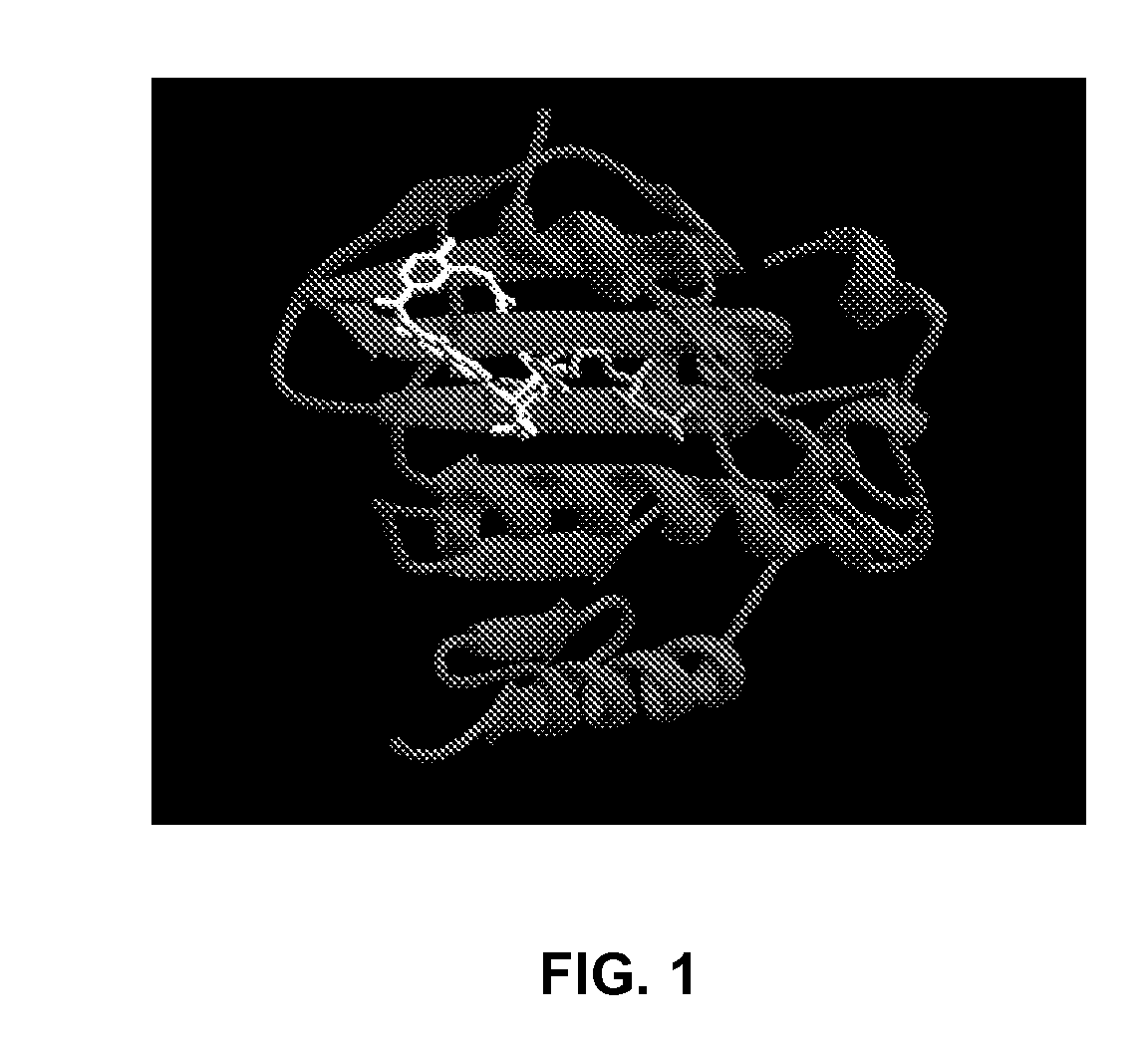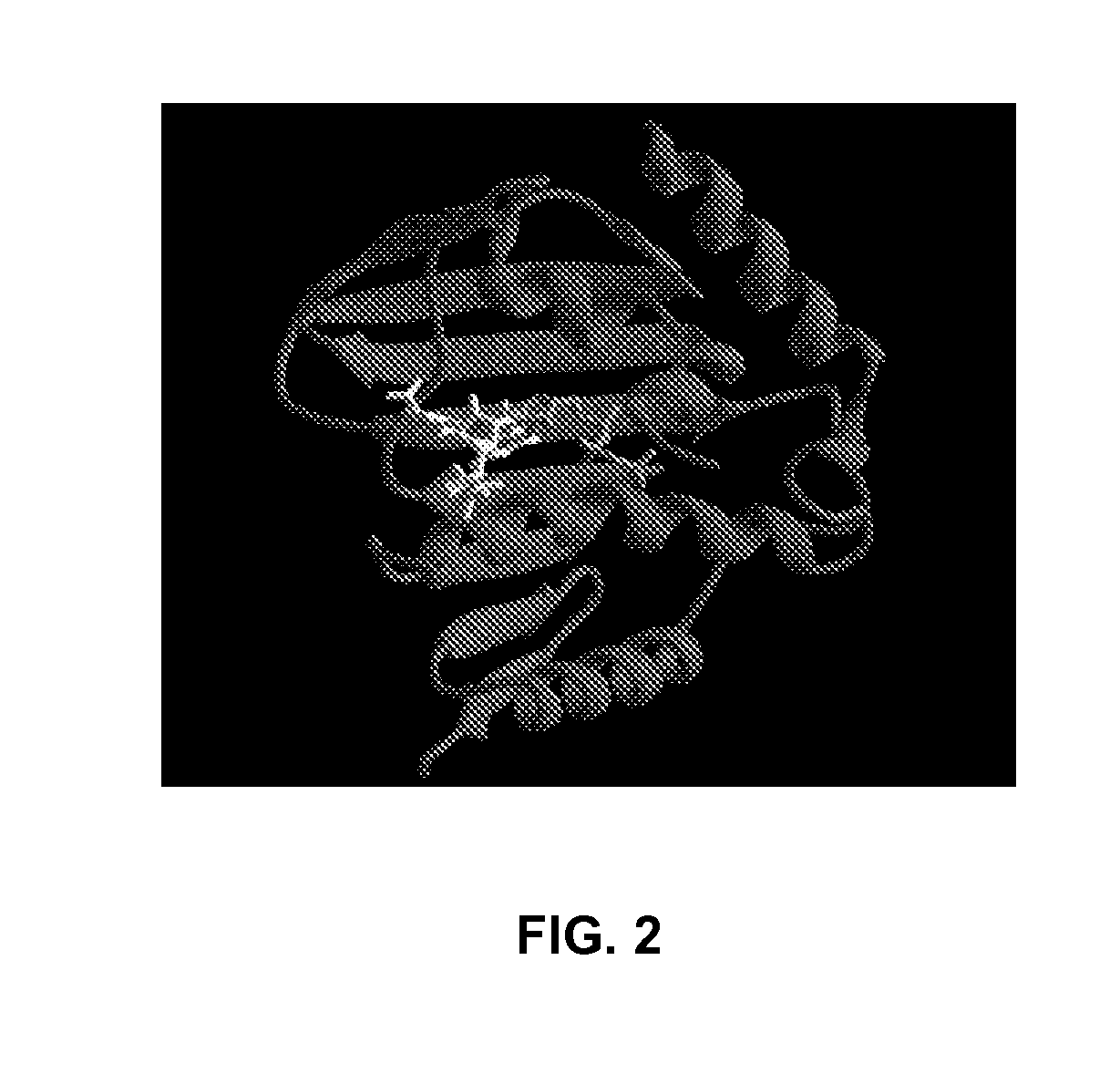Combination of gyrase b inhibitors and protein synthesis inhibitors and uses thereof
a technology of gyrase b and inhibitors, which is applied in the field of medicinal chemistry, can solve the problems of increasing public health problems, difficult to treat antibiotic-resistant bacteria, and even untreatable bacterial infections, and achieve the effects of suppressing toxin production, reducing inflammation, and reducing the severity of gram-positive bacteria
- Summary
- Abstract
- Description
- Claims
- Application Information
AI Technical Summary
Benefits of technology
Problems solved by technology
Method used
Image
Examples
example 1
[0050] In the illustrated embodiment, a 250 mg per dose of tetracycline is combined with a 250 mg dose of novobiocin. The combination can be given two to four times daily orally for 5-14 days. This combination should treat suspected Gram-positive infections, such as skin and soft tissue infections, urinary tract infections, sinusitis, bronchitis, or pneumonia.
[0051] The methods of administering the combination can also include, for example, the use of the pharmaceutical combination in an antibiotic ointment or in an opthalmologic formulation as eye drops or ocular ointment. Formulations of oral liquid or suspension for pediatric or geriatric use and formulation as a sterile solution for intravenous administration.
PUM
| Property | Measurement | Unit |
|---|---|---|
| concentration | aaaaa | aaaaa |
| concentration | aaaaa | aaaaa |
| antibiotic resistance | aaaaa | aaaaa |
Abstract
Description
Claims
Application Information
 Login to View More
Login to View More - R&D
- Intellectual Property
- Life Sciences
- Materials
- Tech Scout
- Unparalleled Data Quality
- Higher Quality Content
- 60% Fewer Hallucinations
Browse by: Latest US Patents, China's latest patents, Technical Efficacy Thesaurus, Application Domain, Technology Topic, Popular Technical Reports.
© 2025 PatSnap. All rights reserved.Legal|Privacy policy|Modern Slavery Act Transparency Statement|Sitemap|About US| Contact US: help@patsnap.com


